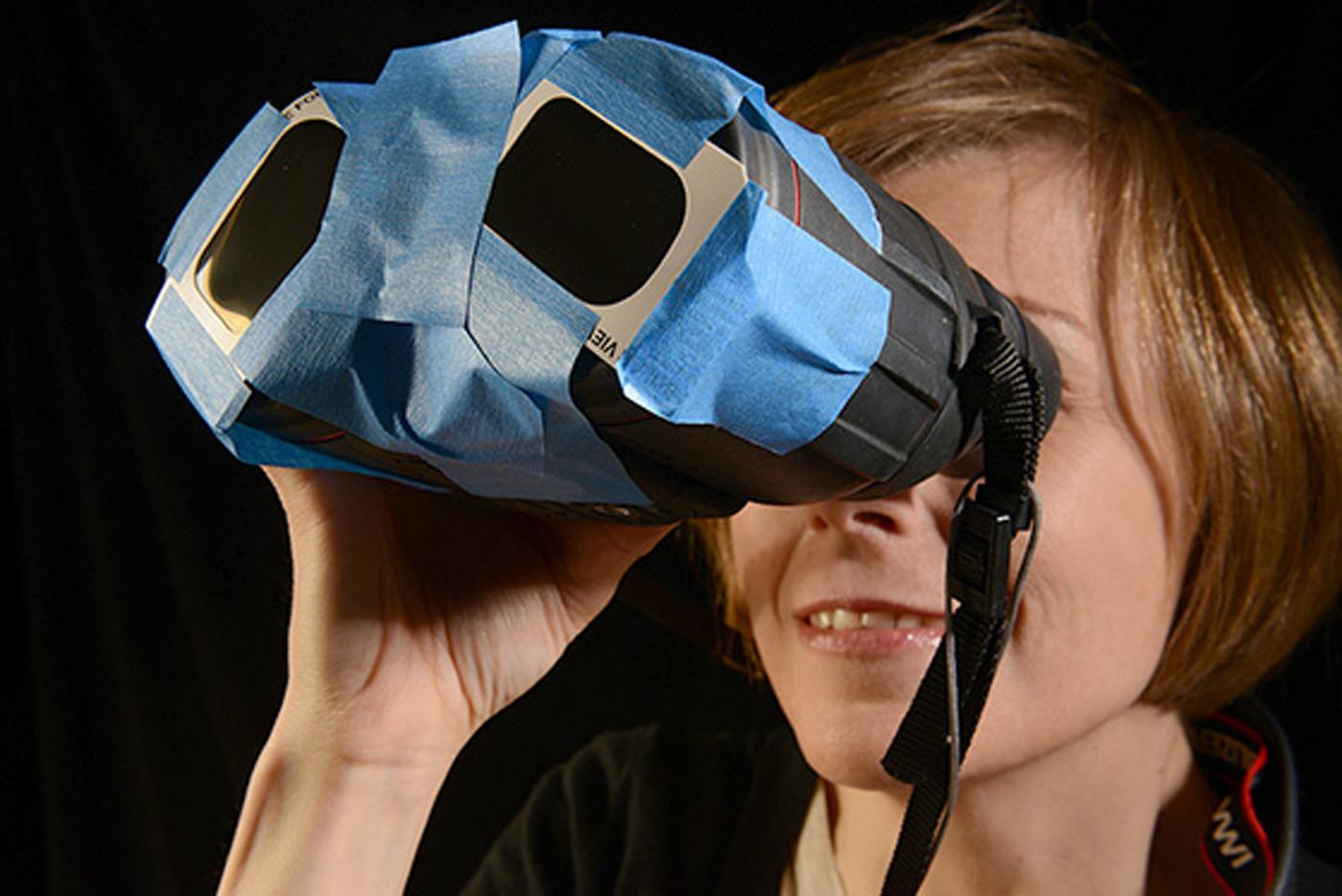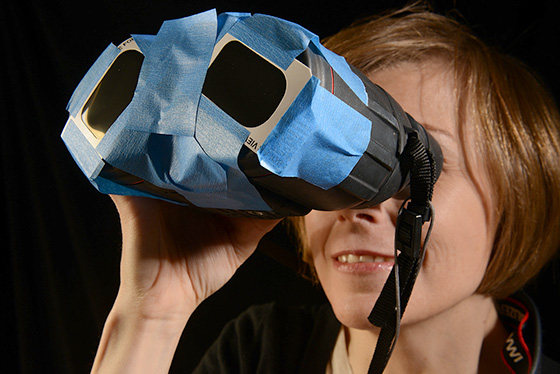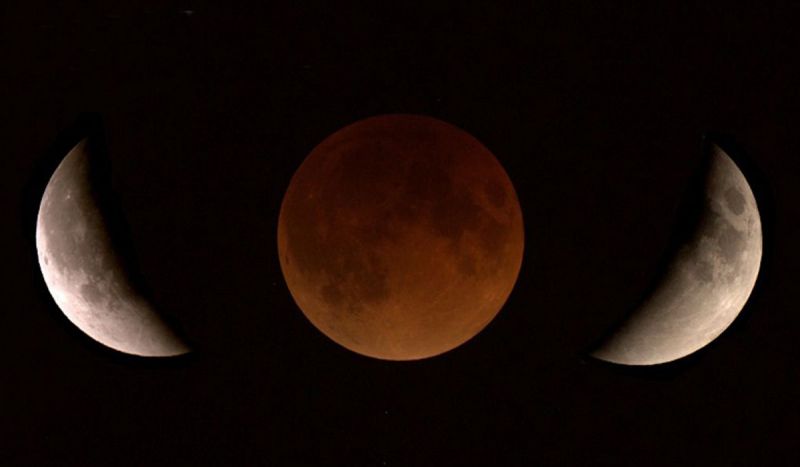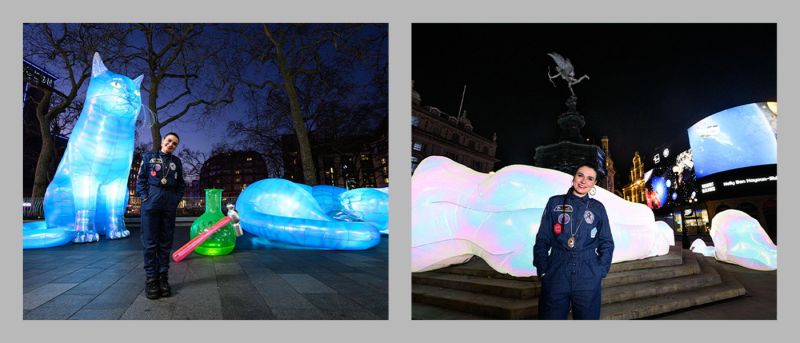Eclipse and solar observing using binoculars.

Here’s a question I’ve been asked two hundred times in the past half-hour: What equipment do I need to ensure my enjoyment of Monday’s solar eclipse? Even if I’m not in the path of totality?
The answer is simple. You require your eyes, a tube of sunscreen to avoid frying your epidermis, eclipse glasses or filters, … and binoculars.

That’s right: binoculars. Sure, you could borrow Uncle Sydney’s 5-inch refractor with the double-cam tracking motor and prize-winning achromatic optics. But who would want to truck that hardware to their viewing site? In addition, Sydney’s ponderous ‘scope would merely tempt you to waste two minutes of totality fiddling with sighting and focus.
Bummer, for sure.
Binoculars, on the other hand, can be transported by dog, require no setup, and will be useful both inside and outside the path of totality. Even better, you can try them out before the eclipse begins (heck, you can try them out today!)
Now, if you’re among the fortunate folk who will be in the 60-mile swath of totality, binoculars will give you a substantially better view once the Sun blinks out. You can see details of the inner corona and bright red prominences sticking up from the Sun’s limb like luminescent whiskers. It’s really a much better view than just using your eyes.
But what about the two hours of eclipse before and after totality? Or what if you’re in the 95 percent of the lower 48 that is outside that favored path?
You can still put those binoculars to good use. But, of course, you need eye protection.
Cut up a pair of (ISO certified) eclipse glasses, and attach them to your binoculars with masking tape (on the lenses AWAY from your eyes. See photo.) Be sure to use enough sticky stuff to completely block the objective lenses, other than where the filters or cardboard are. And, as even the meanest intelligence should understand, don’t use transparent tape.
When you look through this assembly, the world will appear completely dark. Check it out by aiming at the blue sky, just to make sure there are no light leaks. If you’re not careful about this, you could end up boiling your retinas, which means this eclipse would be your last.
Now you’ll have two hours to use this hi-tech setup to enjoy a better view of the moon taking a bite out of the Sun. You should be able to see sunspots too, although when I looked recently the Sun’s surface was as unblemished as Mother Theresa’s reputation. There were two tiny sunspots. You may see more.
The difficult part of all this, believe it or not, is wrangling the binoculars in the Sun’s direction. This requires a bit of hand-eye coordination, but you have two hours to get it right. A good idea is to practice in advance by looking at the Sun before the eclipse. If you don’t succeed at seeing Sol, give up on those plans to pursue a career in neurosurgery or as an Army sniper.
Two things to keep in mind:
- Make sure the tape and glasses are light-proof. The binoculars can damage your baby blues faster than a greased weasel. Also be careful about letting children do this … they might loosen the tape in a fit of prepubescent pique.
- If you’re in the path of totality, be sure to rip off the tape and glasses to observe that celestial spectacle without filtration. Missing this would be a shame, and put you at a severe disadvantage in party conversation after the eclipse.
Oh, and don’t forget to bring some treats for the dog.





